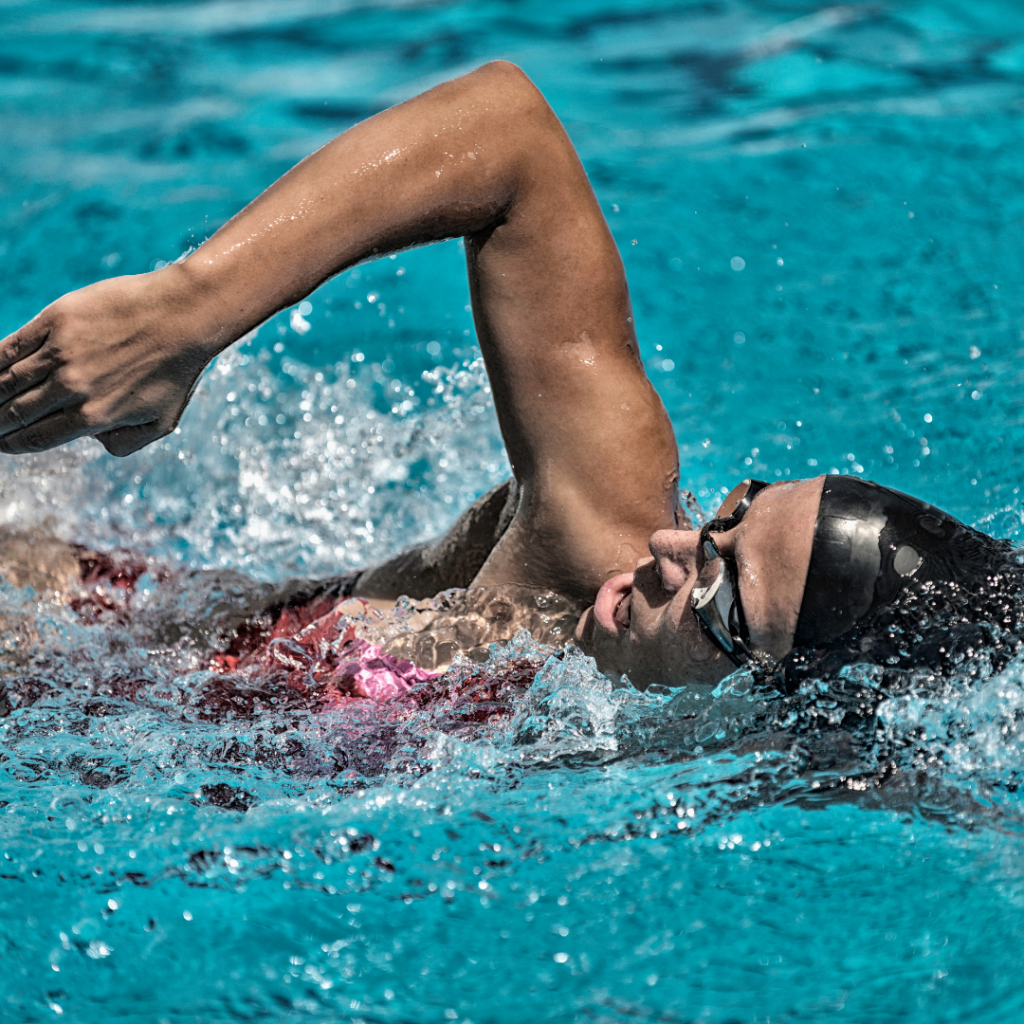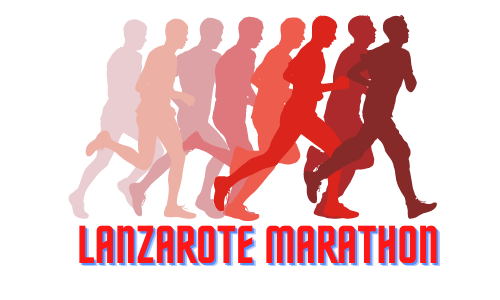
Low-Intensity Exercises for All Age Groups
When many people think of exercising, they envision a high-intensity, strenuous workout. And while some people might find it enjoyable and challenging, exercise can be intimidating for others, especially the elderly. The truth is, it doesn’t have to be. It doesn’t have to hurt or be tiring or time-consuming. It doesn’t have to be anything out of the ordinary. That is why low-intensity exercises are an excellent way to keep in shape, regardless of your age. They are low impact, allow you to live an active lifestyle, and can help achieve weight loss.
Top Low-Intensity Exercises That Everyone Should Know
A low-intensity workout gets its name because the exercise intensity is on the lower end of the spectrum. That means the workout is at a lower level than regular, brisk walking, but you can still exercise at high intensities. In fact, low-intensity workouts are considered safe for everyone, even those with bad knees, bad backs, and chronic joint pain.
However, it might be best to consider taking professional advice before starting any new exercise regime, especially if you have pre-existing conditions or are recovering from an injury. Personalized care provided by treatment centres such as Next Pain Care Solutions, or similar other healthcare solutions, can help create a tailored exercise plan in accordance with your needs and capabilities. Having support while exercising can make a significant difference, whether it’s from a trainer, a friend, or a family member. This is especially true for elderly people, who may benefit from the assistance of a caregiver for elderly support to ensure exercises are done safely and effectively while also providing encouragement and companionship. By consulting with a health professional, you can ensure that your low-intensity workouts are not only safe but also effective in helping you lead a healthy life.
Here are some of the low-intensity workouts that are suitable for all age groups:
Elliptical machine
Exercising on an elliptical machine is one of the low-intensity exercises which can be used by almost all age groups. This exercise burns a considerable amount of calories, which effectively helps in weight loss among all age groups. It is a gentle exercise for people of all ages. In fact, this exercise is for older people also, who may not be capable of exercising strenuously. The elliptical machine exercise is ideal for those people as it does not stress their knees, ankles, or hips.
Cycling
Cycling is one of the low-intensity exercises for all age groups. It is low impact, meaning it doesn’t put much stress on joints, ligaments, and the back. As a result, it is an ideal exercise for people of all ages. Cycling is also a very effective cardiovascular exercise, and it increases endurance, burns calories, and tones muscles.
Yoga
Yoga for older people is not only gaining popularity, but doctors and fitness specialists are increasingly recommending it. The wellness benefits of yoga are becoming more and more understood, and the list of potential health benefits is long. Yoga has long been touted as a safe and effective way of maintaining flexibility and building core strength. However, more recently, it has been recommended as an option for a wide range of conditions, from depression to arthritis. For those with arthritis, yoga can help improve joint mobility, reduce stiffness, and alleviate pain, all while promoting relaxation. Of course, if you are still experiencing a high level of pain while exercising, particularly in your knee, it could be worth visiting one of the best arthritis knee pain centers phoenix and scheduling an appointment with a medical professional. Yoga can be particularly effective for older people because of its low-impact nature, making it accessible for individuals with limited mobility or chronic conditions.
Resistance bands
Resistance bands are excellent tools for exercise across all age groups, appealing to individuals at various fitness levels. They are not only portable but also seamlessly integrate into people’s daily lives. These small, portable, and user-friendly bands can effortlessly fold and fit into a purse or backpack, ensuring easy accessibility wherever you go.
To maximize your investment, it’s wise to explore product reviews on reputable blogs such as https://links.serp.media/links/linkedin/ or seek guidance from fitness professionals. This approach allows you to make an informed decision when choosing the right resistance bands tailored to your specific needs. By doing so, you can acquire a top-notch quality resistance band that lasts over time, ensuring a durable and effective fitness accessory for your workout routines.
Swimming
Swimming is awesome exercise for everyone, no matter how old you are. It’s gentle on your body, helps strengthen your muscles and joints, and can even be good for people with arthritis or chronic pain. Plus, it’s great for boosting strength, flexibility, and heart health, while improving your balance and stability. Starting swimming is pretty simple too.
If you’ve got a pool in your backyard, just make sure it’s clean and ready to go with a little help from experts like the ones at https://premierpoolservice.com/. And if you don’t have a pool, no worries! You can just head over to a local swimming club and dive right in.
Walking
Walking is one of the best exercise options for people of all ages and fitness levels. If you have a medical condition, such as knee or hip problems, walking may be better than running because walking is easier on your joints. You don’t have to do a lot of working out to get health benefits from walking. Even a 15-minute walk each day can improve your health.
Step-ups
Known as the walking lunges or lunges, step-ups are an exercise that consists of stepping forward with the left foot and then the left knee. They are suitable exercises for all age groups. The exercise can be performed in an indoor gym or outside in a gym or park. Step-ups are helpful in reducing body fat, toning the muscles in the back and legs, improving balance and stamina, and burning calories. The exercise can be performed using free weights, a resistance band, or a medicine ball.
After workout recovery tips
Of course, exercise is important, but post-exercise care is just as vital for maintaining your overall well-being and maximizing the benefits of your workout. After exercising, your body needs time to recover, repair, and rejuvenate, which is why proper care is essential.
You can do some stretching, as it can help prevent stiffness and promote flexibility. Also, make sure to drink enough water to stay hydrated. A balanced meal or snack rich in protein and carbohydrates is essential, as it aids in muscle recovery.
Once a week, you can also consider a Massage therapy in Charlotte, NC, or elsewhere, or try foam rolling; both of which can relieve muscle tension, reduce soreness, and improve blood flow to speed up recovery. Adequate rest is also vital, so ensure you get enough sleep to allow your body to repair tissues and build strength.
To conclude, low-intensity exercises are one the best exercises you can do regardless of your age. They are especially great for people with arthritis, fibromyalgia, depression, osteoporosis, heart disease, and high blood pressure. As one of our low-intensity exercises, low-impact aerobics is also a great exercise for people of all ages.
Equally important is post-workout care, which ensures that your body recovers properly after exercise. Stretching, staying hydrated, and consuming a nutrient-rich meal all play a vital role in maximizing the benefits of low-intensity exercises while preventing stiffness and fatigue. Together, these practices help maintain a balanced and sustainable approach to fitness and overall well-being.
